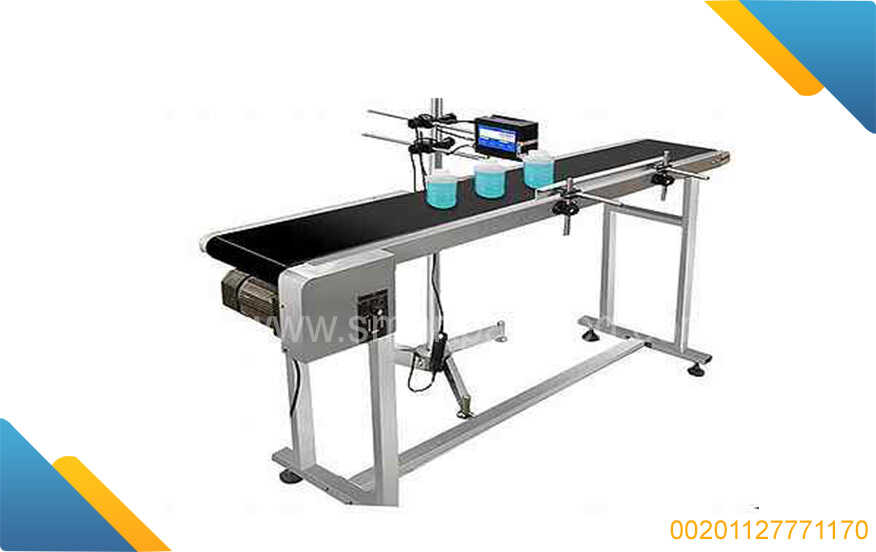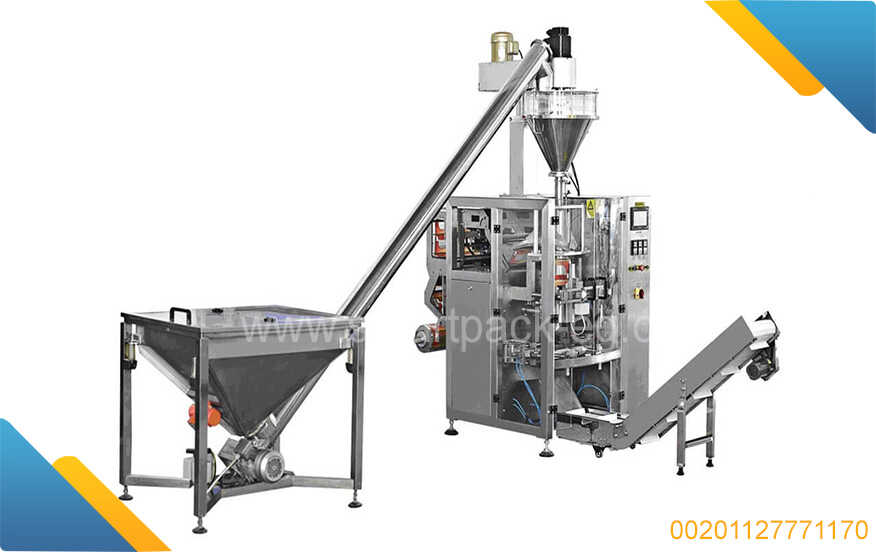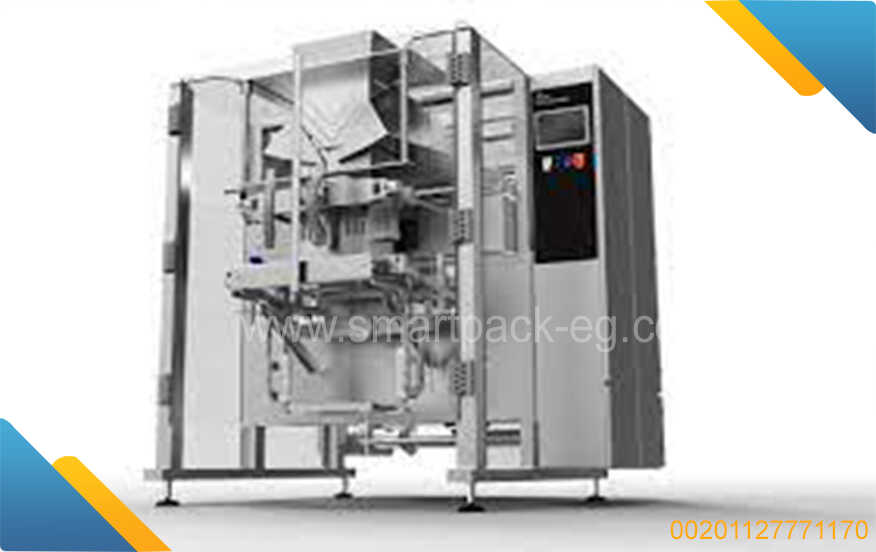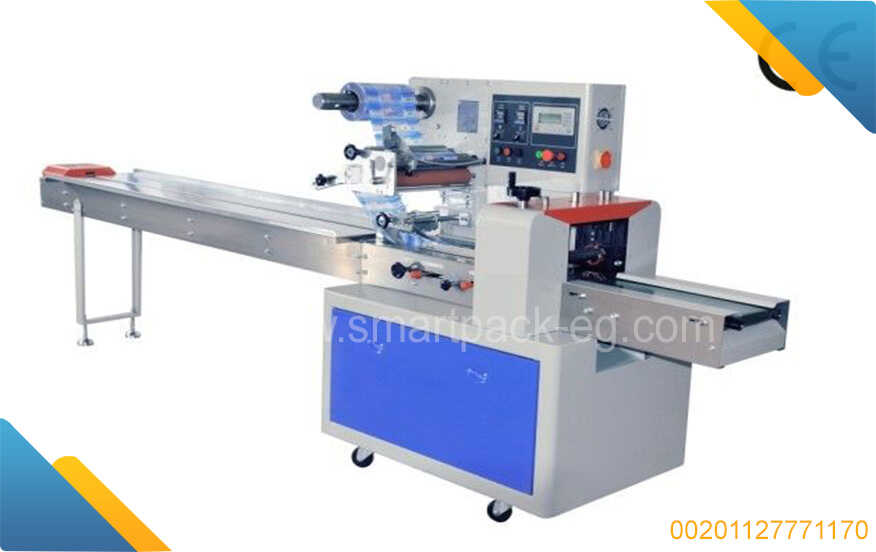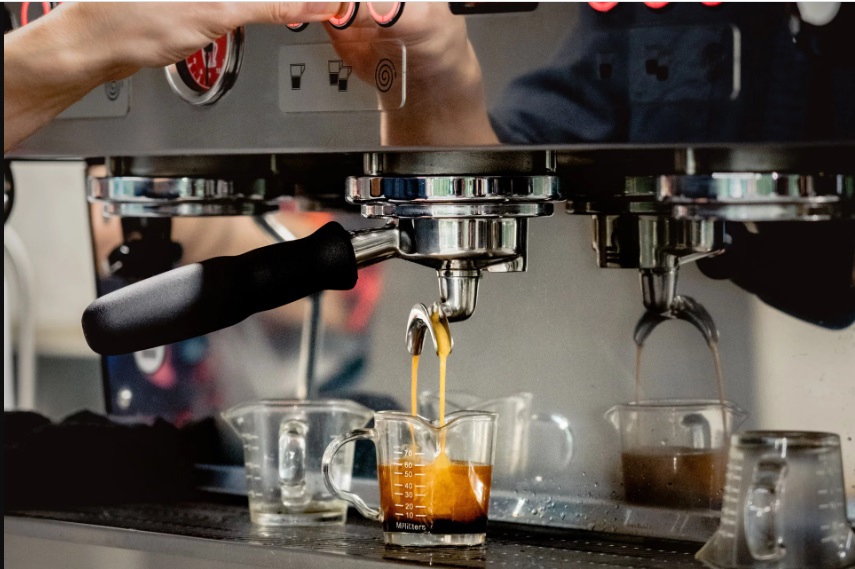How To Guide: Feasibility Study for a Factory Project and the Purchase of Packing and Packaging
Introduction:
A feasibility study is an essential step in determining the viability and potential success of a factory project. This guide will walk you through the process of conducting a feasibility study specifically for the purchase of packing and packaging equipment for your factory project. By following these steps, you will be able to evaluate whether this idea is feasible and make informed decisions based on the results.
Step 1: Define the Scope and Objectives
Clearly outline the scope and objectives of your factory project. Identify the specific packing and packaging equipment you are considering to purchase, the projected production volume, target market, and business goals. This step will help provide clarity and focus for the feasibility study.
Step 2: Conduct Market Research
Gather comprehensive market data related to your target industry, specific packing and packaging requirements, and potential customers. Analyze market trends, demand patterns, competition, and existing suppliers. This research will enable you to assess the market's size, growth potential, and opportunities for your factory project.
Step 3: Evaluate Technical Requirements
Assess the technical aspects involved in purchasing the packing and packaging equipment. Determine the required machinery, automation level, maintenance requirements, and any regulatory compliance needs specific to your industry. Ensure that the chosen equipment aligns with your production goals, efficiency targets, and quality control standards.
Step 4: Assess Financial Feasibility
Understand the financial implications of your factory project. Estimate the capital investment required for purchasing the packing and packaging equipment, including installation and training costs. Analyze projected revenue streams, production costs, pricing strategies, and return on investment (ROI). Perform a thorough cost-benefit analysis to evaluate the financial feasibility of your project.
Step 5: Conduct Risk Analysis
Identify potential risks associated with the purchase of packing and packaging equipment. Assess factors such as price volatility in the market, supply chain disruptions, technological obsolescence, and regulatory changes. Develop risk mitigation strategies to minimize the impact of these risks on your factory project.
Step 6: Evaluate Environmental and Social Impact
Consider the environmental and social impact of your factory project. Assess the sustainability practices of the packing and packaging equipment manufacturers. Analyze the ecological footprint, waste management practices, and labor conditions. Ensure compliance with environmental regulations and prioritize ethical sourcing.
Step 7: Prepare a Feasibility Report
Compile all the information gathered during the feasibility study into a comprehensive report. Present your findings, analysis, and recommendations to stakeholders and decision-makers. Include a summary of market research, technical evaluation, financial analysis, risk assessment, and environmental impact considerations. Use tables, charts, and graphs to present the data in a visually appealing manner.
Conclusion:
Conducting a feasibility study for the purchase of packing and packaging equipment is crucial for ensuring the success of your factory project. By following these steps, you will be able to evaluate the viability of your idea, make informed decisions, and present a solid case to stakeholders. Remember to regularly review and update your feasibility study as market conditions or project requirements change.



 Admin
Admin 